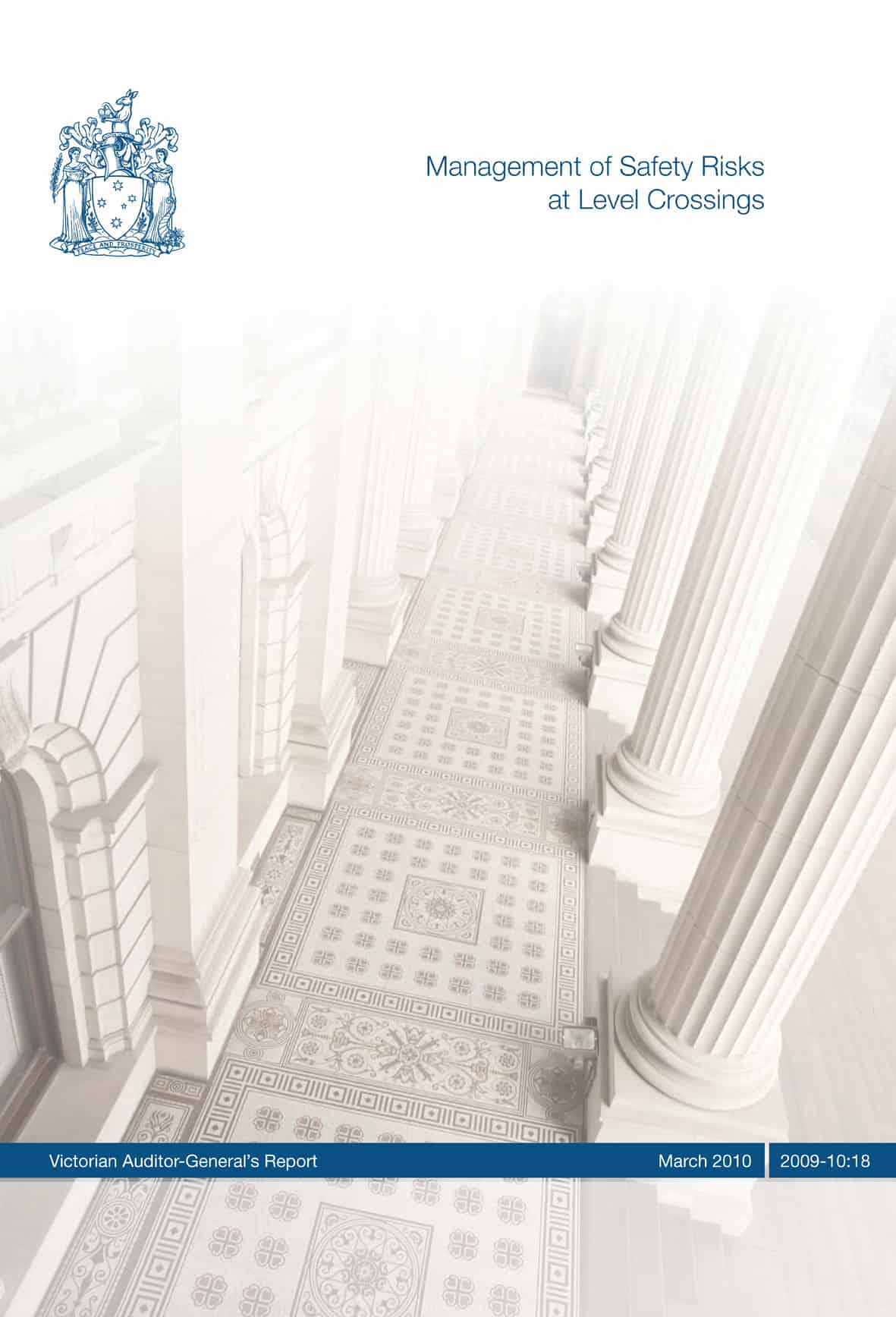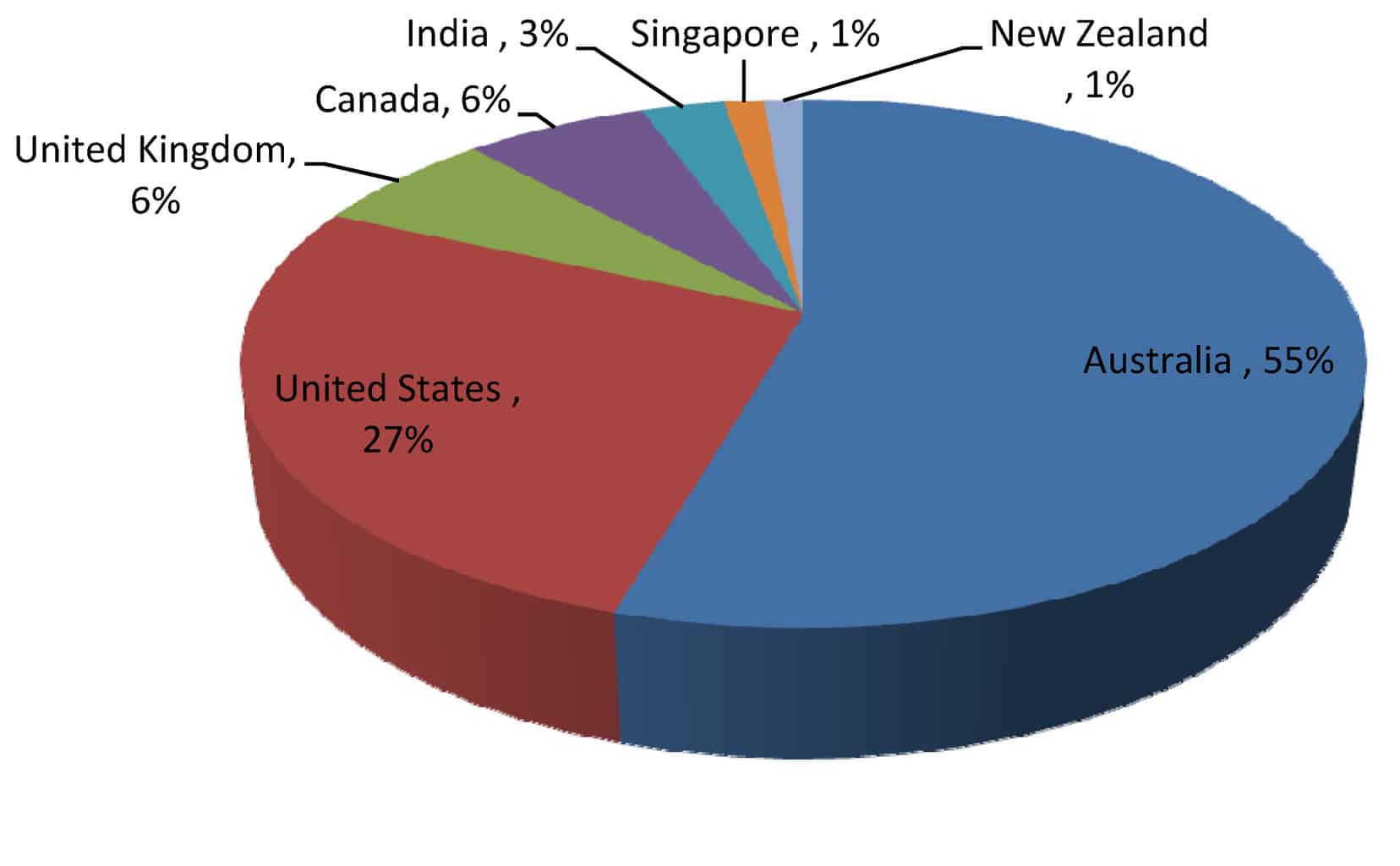The Australian Workplace Relations Minister, Julia Gillard, this morning launched the latest Australian Mesothelioma Registry. SafetyAtWorkBlog took the opportunity to ask Safe Work Australia some specific questions about asbestos and government policy. Their responses are below.
The government has awarded the contract for the new Australian Mesothelioma Registry to a consortium led by the Cancer Institute of NSW. Continue reading “New Mesothelioma Registry and government answers asbestos questions”



